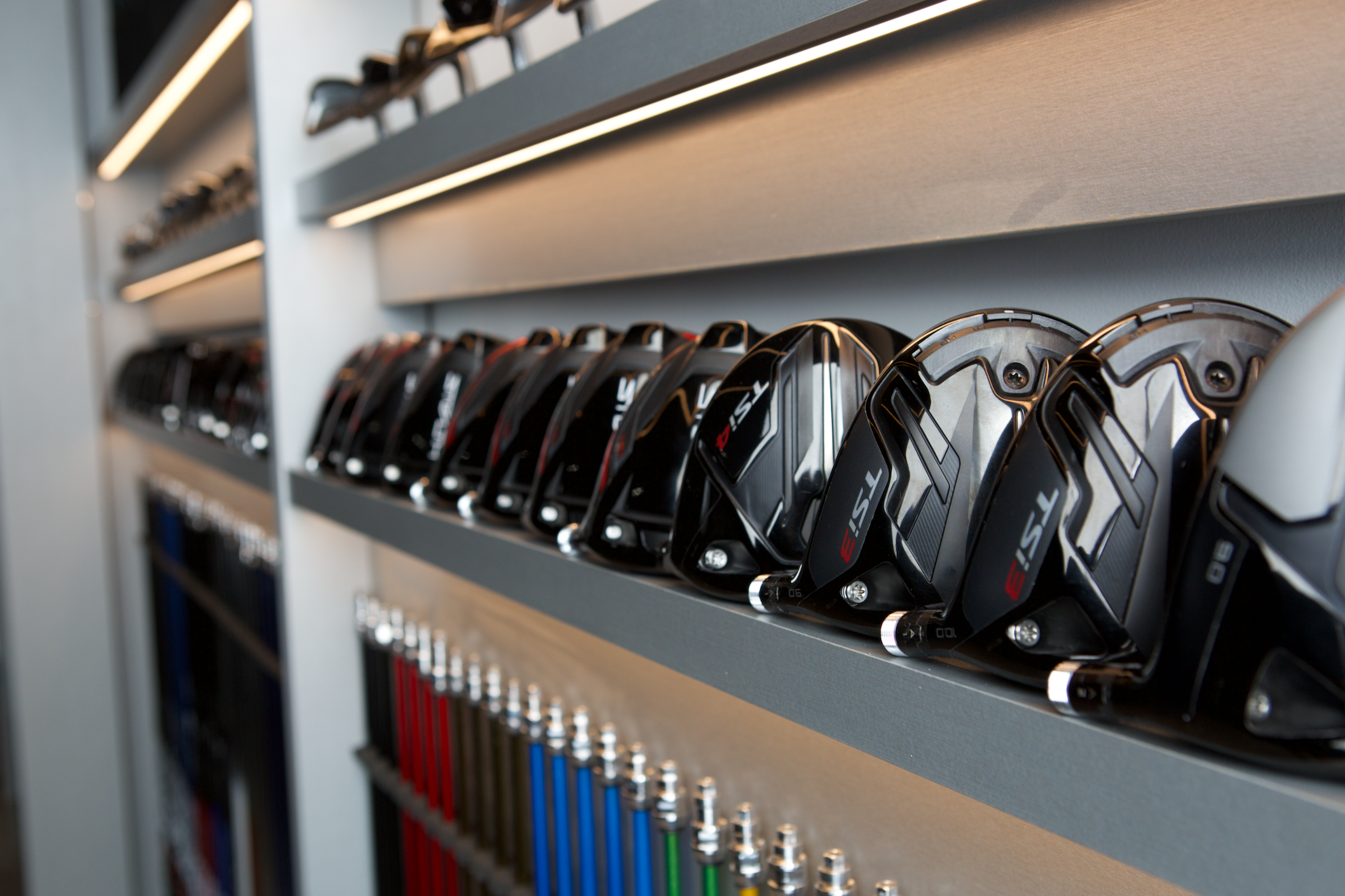Fitting makes a difference. It really does. Sometimes, though, it takes a little time for the golfer to see, and experience, the payoff.
For Lionel Go (Age: 55/Hdcp Index: 7.4), patience was a virtue. Shortly after receiving a custom-fit driver this spring, he injured a nerve in his back and shoulder. “The injury really crushed my game,” said Go, who used to work as a health and safety professional in commercial construction management. “I lost yardage through the bag and my swing was in disarray. It’s unfortunate because I was playing quite well with the new driver.” Following a period of rest and rehab, Go was back to full strength and his golf game took off.

Lionel Go
Prior to the injury, Go went through a driver fitting at Club Champion’s headquarters near Chicago. He worked in tandem with Patrick Hudock, one of the company’s Master Fitters. While the session was taking place, Hudock used the TrackMan launch monitor to collect comparative data (below).

“Overall, I was pleased with the [fitting] experience,” said Go, who’d previously never been custom-fit for a driver. “Patrick was friendly and very knowledgeable. We tried more than a half-dozen shafts and four or five clubheads. Each combination had a noticeable difference in total weight, swingweight, and sound.”
Diving into the data was also part of the appeal. “I’m a numbers guy, so it was neat to see data beyond carry distance, such as spin rate, height, smash factor and launch angle,” said Go, who serves on the board of two not-for-profit arts organizations.
The good vibes have carried over to the golf course. “I love how the new driver [Titleist TSi2 with Fujikura Motore X F3 5R graphite shaft] has a weightier feel compared to my previous gamer. It gives me lots of confidence knowing what the clubhead is doing throughout my swing while keeping me from overswinging. The TSi2 also has a nice, muted sound that fits my ear and looks fantastic—not flashy but oozes style.”
We’ve equipped Lionel’s clubs with the Arccos Caddie shot-tracking system, a collection of sensors that record relevant data while playing on the course. The output confirms that he’s stepped up his driver game since making the switch. The following comparisons are based on 22 rounds played through mid-to-late summer.

The distance numbers steadily increased as Go played more with the custom-fit club. “I’m 55, so the idea of ‘going after it’ with my driver is a fading memory. But, the idea of committing to a good, solid swing AND gaining 15-20 yards with a high, penetrating, mostly straight ball flight suits me just fine,” he said. In addition, the Strokes Gained stat improved by 0.12 per shot (equates to a 1.5-stroke improvement per round with 12 drives).
However, statistically, he’s hitting fewer fairways with the new club. But don’t be misled. “I’m so much more comfortable with it [new driver] than my previous gamer,” said Go. “There are some qualitative reasons to argue that this stat doesn’t tell the whole story. I had one pretty reliable ball flight—high draw—with my old driver. I’d play for it regardless of the hole layout. My misses were either a low snap hook or big push. When either miss happened, it was usually way off the fairway.
“With my TSi2 driver, I have lots of confidence over the ball. The flight is primarily straight or a slight draw. But the true advantage is the ability to play a fade. It gives me a whole new opportunity to work my drive in either direction if the hole demands it. So, I might be missing slightly more fairways, but they’re less-penalizing misses.”
Not surprisingly, Go’s strong play off the tee is contributing to lower scores. After starting the season with a handicap index of 7.4, the number rose to 8.6 while playing with the old driver. Since making the gear change, his index steadily dropped to 5.8. In fact, Go’s approaching his personal-best handicap index, 5.4, which occurred “a very long time ago.”
Pretty impressive for someone in his mid-50s.

